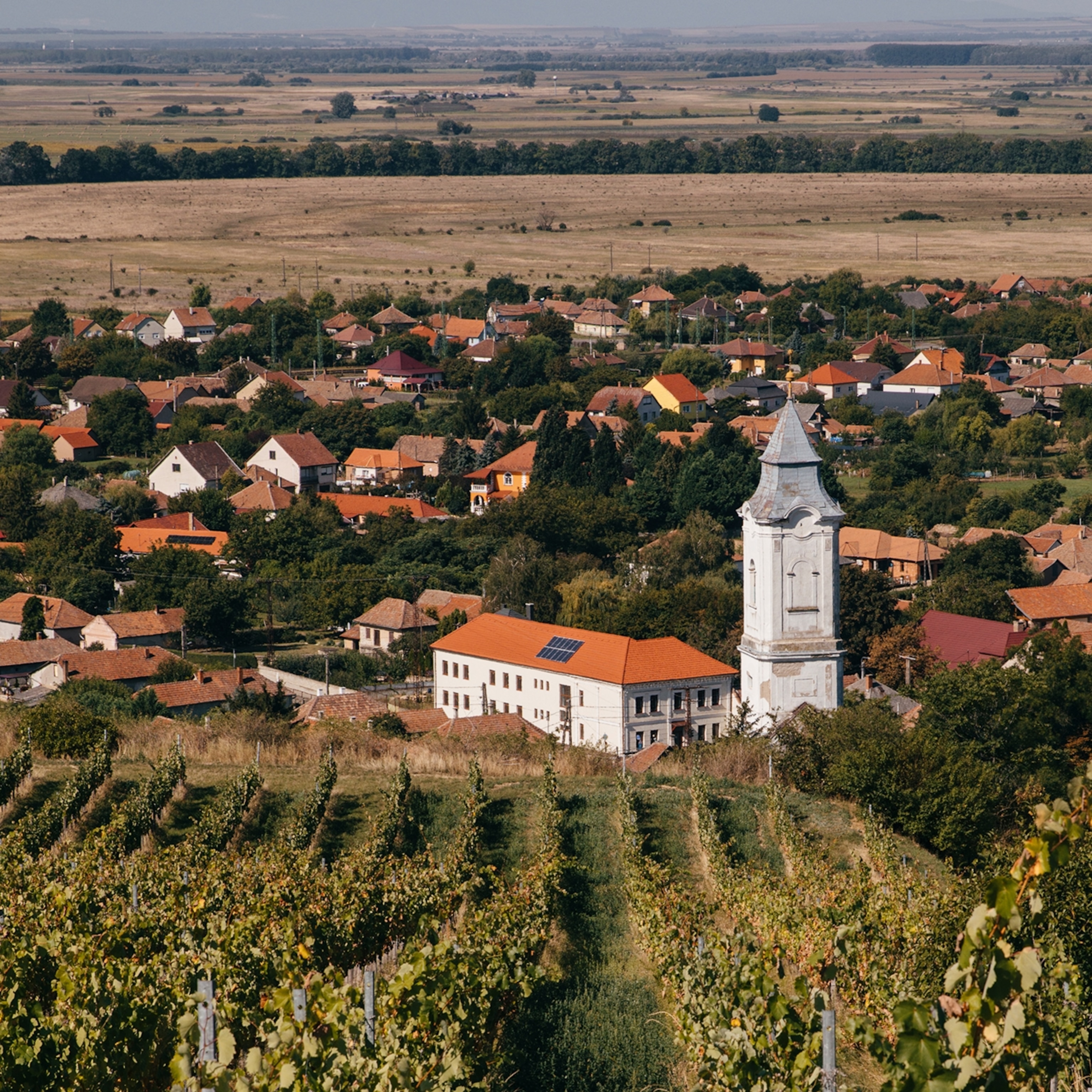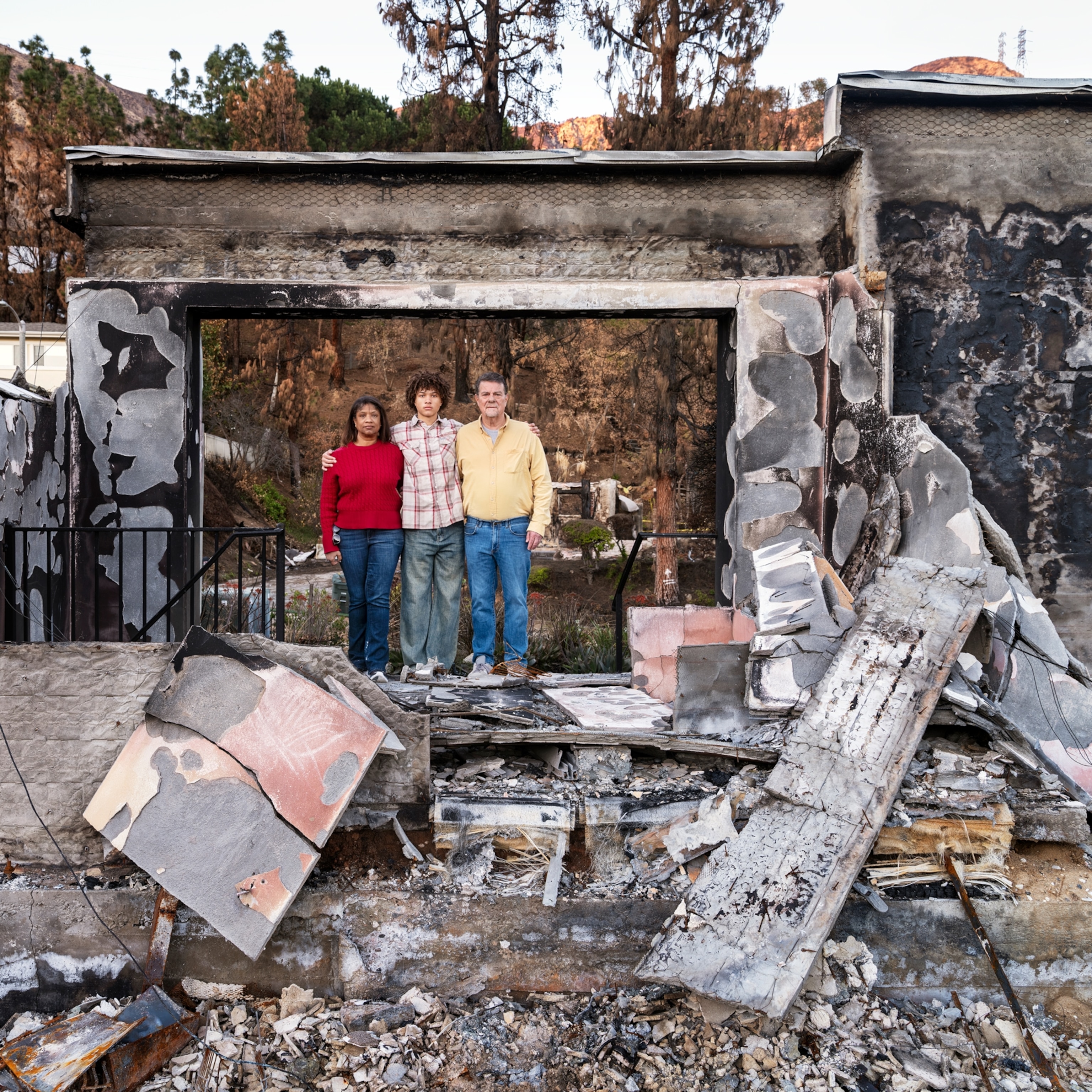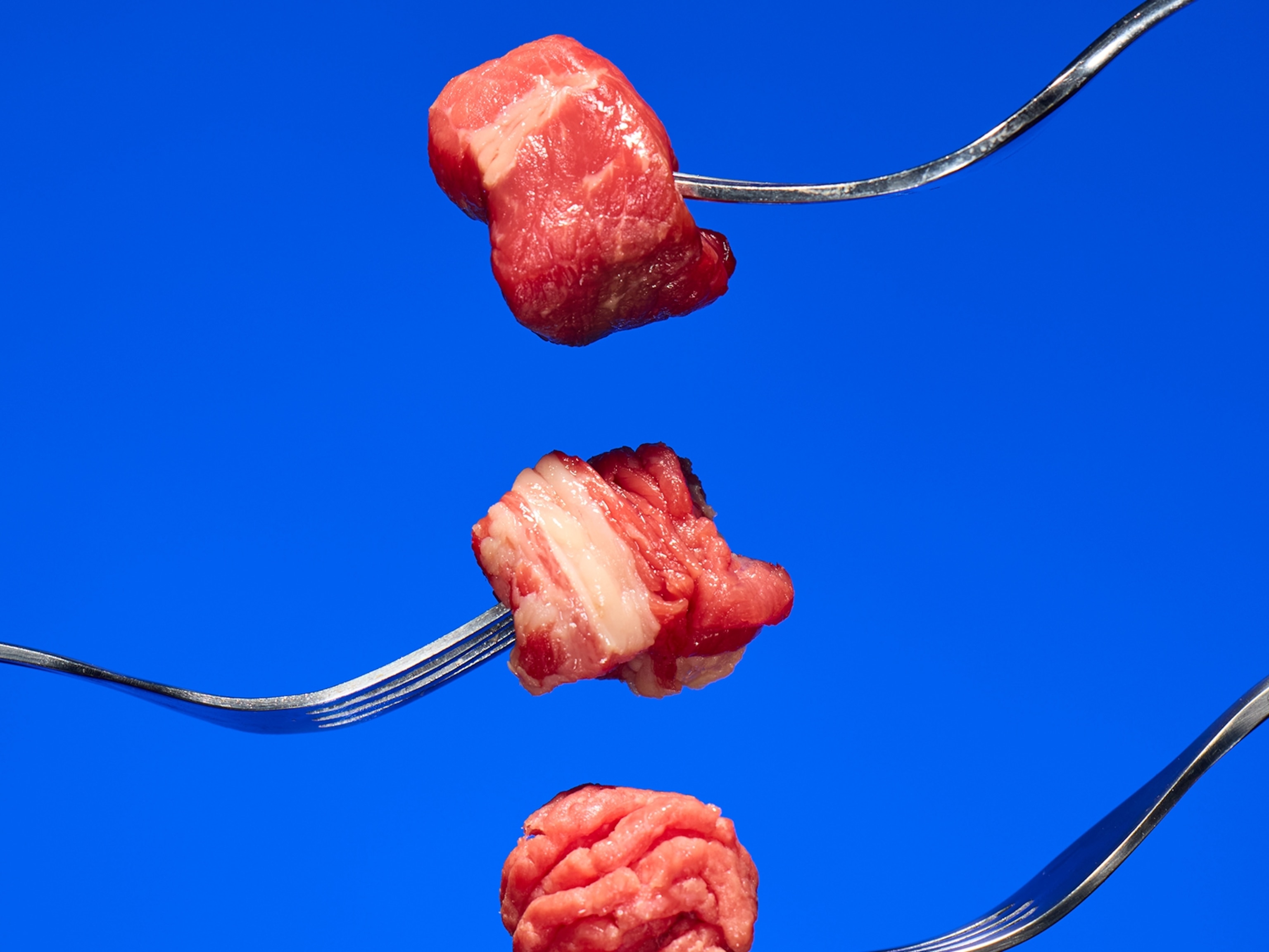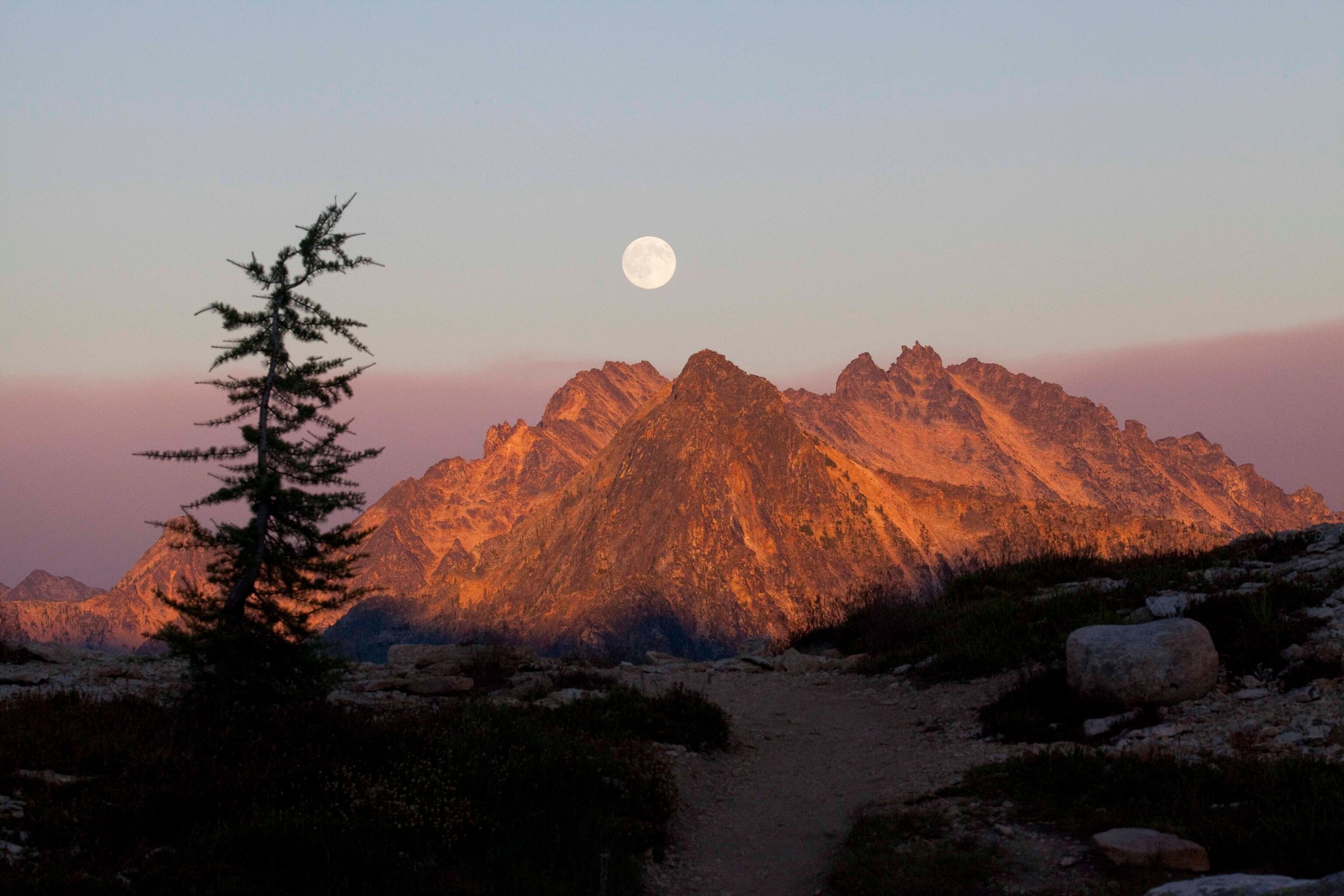
What Happens When Livestock Are in the Path of a Wildfire
The West is burning. Megafires rage in Alaska, California, Idaho, Montana, Oregon, and Washington state. Just looking at this map makes me cough. For many states, the 2015 fire season is on track to become the worst in history. Climate change experts appear to be right: The future will be a lot smokier. Senate Energy and Natural Resources Committee ranking member Maria Cantwell, D-Wash., recently shared this graphic, showing the dramatic increase in wildfires in recent years.
A lot of wildfires occur where development meets forest and grasslands, known as the urban-wildland interface: Think ranches, getaway cabins, and quaint mountain towns. That’s why they translate to heavy losses in property and, tragically, human life. But fire takes other casualties, too, that many people may not think about: livestock. This video posted on Facebook a couple years ago by firefighter Trenton Snyder shows how quickly wildfire can roll across rangeland, trapping cattle and people.
For three years, I worked as a horse wrangler on a ranch in southwest Montana. A requirement of the job was to join the local volunteer fire department. Towards the end of the summer, when the range yellowed, there was a constant risk of fire. The ranch was big—18,000 acres, 1,200 cattle, 40 horses—so the boss wanted us trained in wildland firefighting, both to keep us safe, but also to act fast in the case of a flare up.
Luckily, we only ever faced two small grass fires during my tenure on the ranch. But as members of the volunteer fire department, we got called to help other ranchers in the valley. I dreaded the sound of my beeper. My idea of a good day as a volunteer firefighter was being made the go-fer to pick up brown bag lunches at the grocery store.
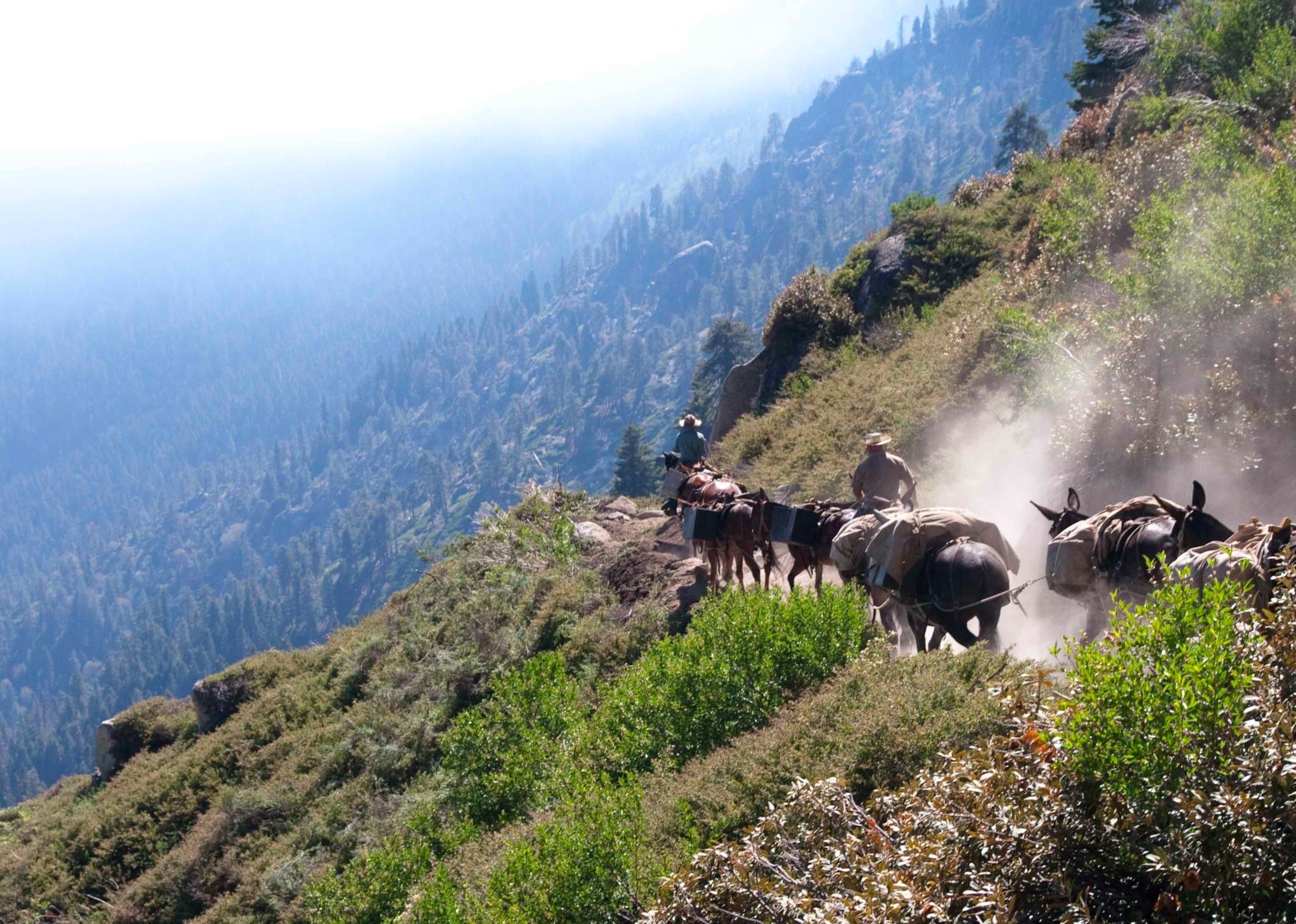
Our crew was an eclectic mix of cowboys, ranchers, wildlife biologists, and fly-fishing guides. During lunch break, we’d sit in our trucks eating turkey sandwiches that no amount of mustard could keep from tasting like smoke, and imagine “what if” scenarios. What if the fire hit that stand of trees? What if the propane tank next to that barn exploded? What if that cattle pasture caught fire?
To this last scenario, fire captain Scott (a cowboy by trade) would say: “No brainer. Cut the damn wires and turn the cattle loose.”
Many wild animals have figured out how to get through a fire and thrive, (see What Do Wild Animals Do in a Wildfire?) but it’s trickier with livestock, who are used to depending on people.
When the flames get too close, there comes a point when people must save themselves. In desperation, people throw open barn doors and corral gates for animals to save themselves. One reporter for the L.A. Times even suggests that horse owners write their phone numbers on the hooves in permanent marker. I’ve written about fire’s impacts on horses, but cattle are different. Cattle are easier to track down, thanks to brands, ear tags, and microchips.
But turning animals loose or leaving them behind causes problems for firefighters. Just like in the Facebook video, they can feel compelled to risk their own lives to save animals from onrushing flames. Three years ago, in Colorado, a team of firefighters even made it part of their daily commute to the fireline to stop and care for chickens abandoned in a coup.
What toll does wildfire take on the livestock industry?
Nationally, statistics are hard to decipher. The U.S. Department of Agriculture lumps wildfire deaths into a catchall category titled “adverse weather,” which also includes lightning strikes, floods, tornadoes, hurricanes, and blizzards. The Department also issues a Cattle Death Loss report every five years. For the period 2005-2010, nearly 490,000 cattle died from adverse weather. Given the spike in dramatic weather events of late, the next report will make for an interesting compare and contrast.
Locally, the figures are more precise.
In Washington state, last year’s Carlton Complex fire killed 1,000 cattle. This year’s Okanagan Complex fire is located in a more developed agricultural community. The ranch community has banded together to help each other out, but the death toll will likely be even greater.
Fires threaten the already delicate economic balance ranchers face. Many would rather lose their homes than their cattle. Animal husbandry—the science of developing certain traits in a domestic animal—takes generations to refine. A house or barn can be rebuilt in a summer.
Livestock deaths from wildfire have not reached the point of impacting consumers. The 2014 Farm Bill provides funding for the Livestock Indemnity Disaster Program, reimbursing ranchers and farmers for up to 75 percent the value of animals killed by natural disaster. In 2014, the program cost taxpayers $21.7 million.
But if the megafire trend continues, could wildfires start sizzling the meat industry? It’s certainly a possibility.
Ryan Bell is a 2015 Fulbright-National Geographic Digital Storytelling Fellow. For his project Comrade Cowboys, he’ll travel through Russia and Kazakhstan where American cowboys are helping build cattle ranches and report for The Plate along the way. You can follow him on Twitter, Instagram, and Facebook.


